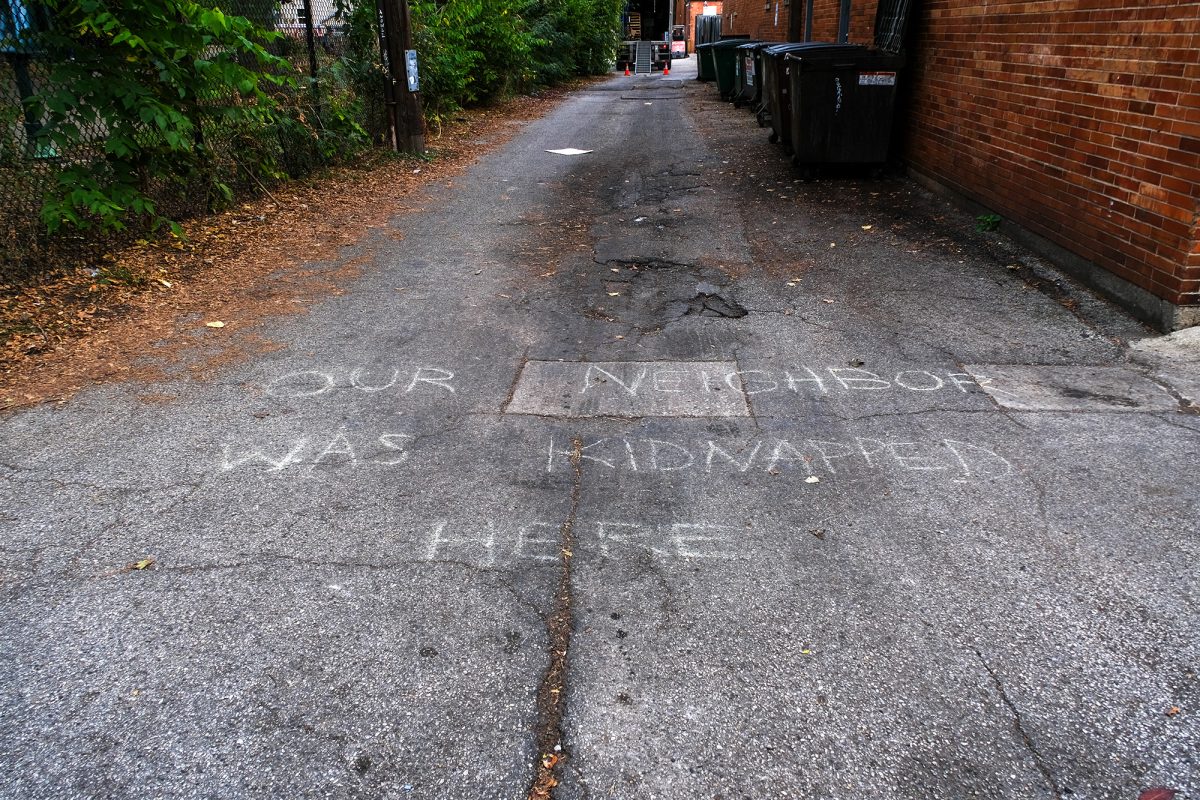Good cartoonists are liars and linguists, according to Creative Writing lecturer Daniel Raeburn, who gave a brief history of comics to a small audience of comic enthusiasts.
The ancestry of comics is unsettled and controversial: historians of the genre have identified the Aztec codex and the stained glass paintings in medieval churches as cartoons, he said, while certain linguists view hieroglyphics as the beginning of the form.
“Cartooning is a shared language, and the shared part is prejudice,” Raeburn said.
Raeburn argued that a good cartoonist should use lies as a means to tell the truth.
“A cartoonist needs to be high-handed and disrespectful,” Raeburn said, pointing to the caricatures of Rodolphe Topffer, a legally blind school teacher from Switzerland who Raeburn argues was the first modern cartoonist. “We should consider cartoon artists not so much as visual artists; we should consider them as writers.”
Rather than an art, cartooning is more of a language based on icons—“ pictures that are so highly simplified that it looks like words,” Raeburn said. “It has a fourth dimensional quality, what you cannot get in prose.”
Because cartoons are a symbolic and iconic language, “its strength lies in eliminating unnecessary details, said Raeburn.
“A good prose writer includes only the essential details; a cartoonist includes only the details that are telling.”








